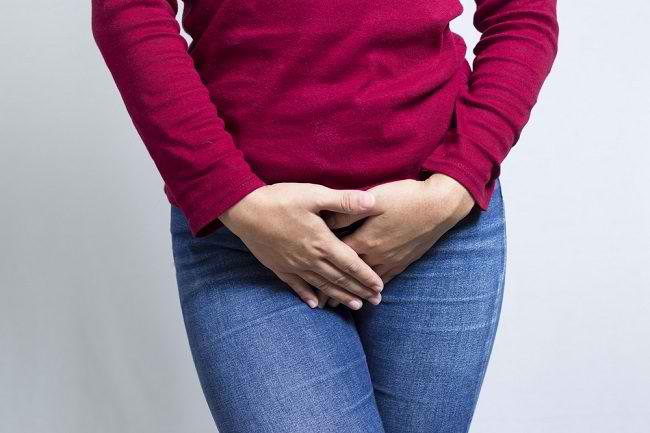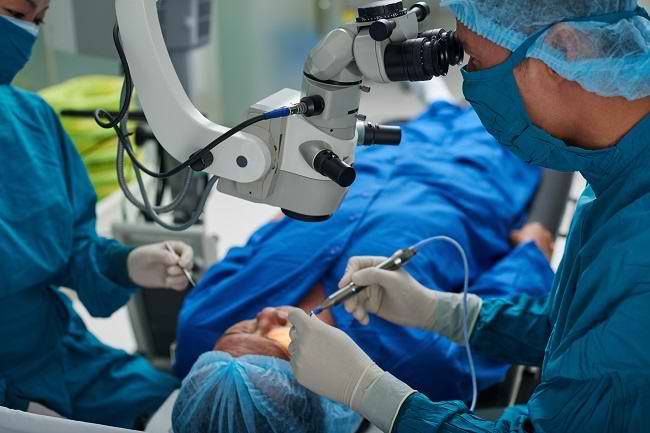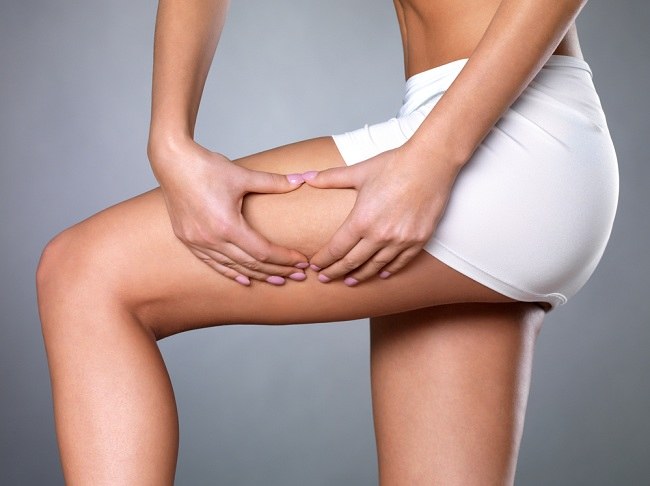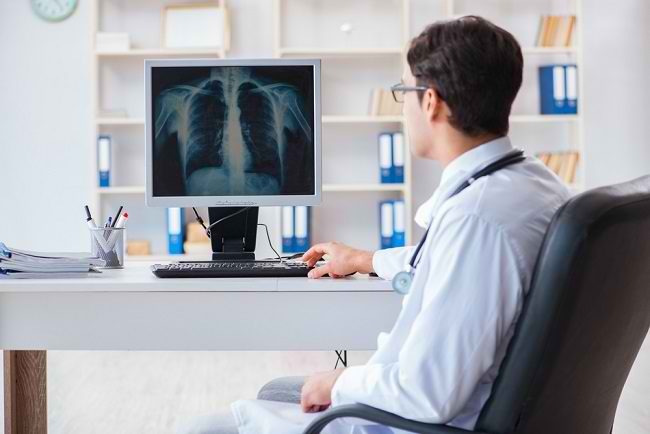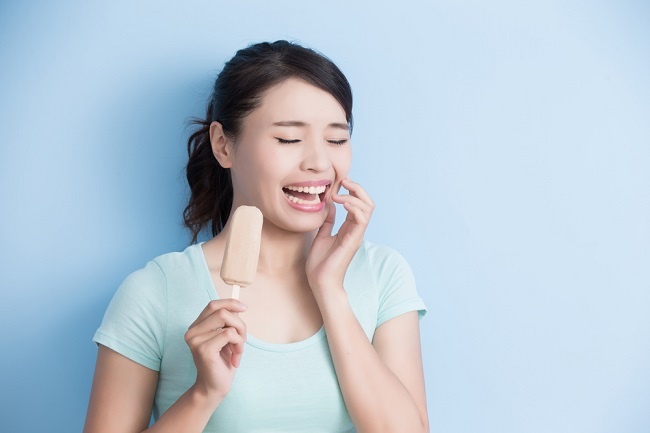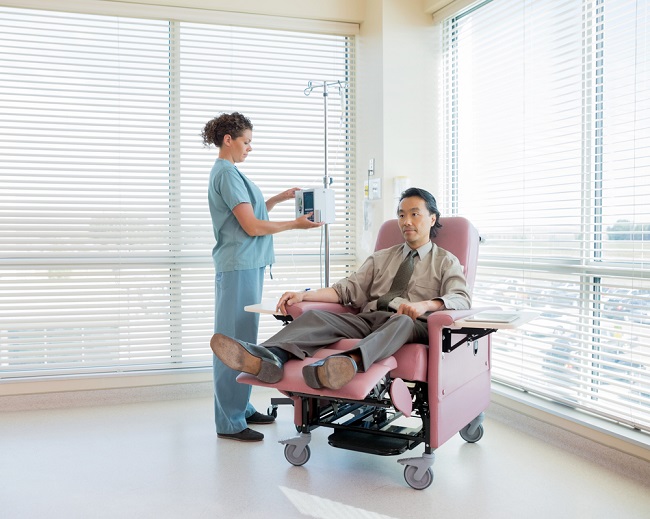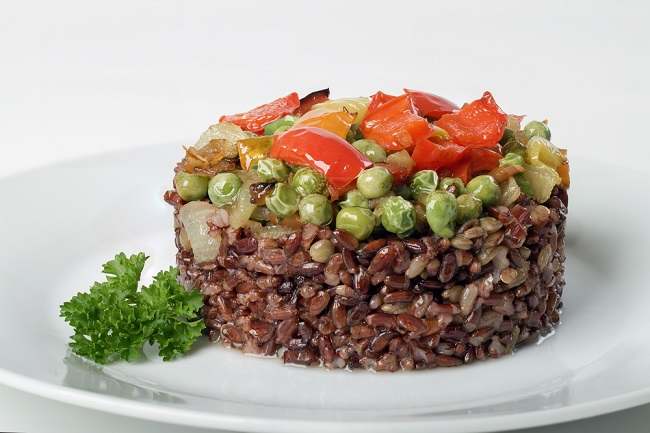Bronchoscopy is a procedure to examine the airways and lungs with an instrument called a bronchoscope. This procedure is performed to diagnose or treat a number of disorders of the respiratory tract and lungs.
A bronchoscope is a tube equipped with a light and camera at the end. This hose has a width of 1 cm and a length of 60 cm. Generally, bronchoscopy uses a flexible bronchoscope. However, in some cases, the doctor may use a rigid bronchoscope.

Bronchoscopy Indications
Doctors may perform a bronchoscopy for the following purposes:
- Detecting infections in the lungs that cannot be diagnosed by other examination methods
- Checking for diseases or blockages in the lungs or respiratory tract before the lungs
- Performing tissue sampling (biopsy) on the lungs, for example when lung cancer is suspected
- Find out the cause of coughing up blood, shortness of breath, low blood oxygen levels, and a cough that lasts more than 3 months for no apparent reason, for example in tuberculosis
- Determine if rejection occurs after lung transplant
- Confirm abnormal imaging results of the lungs
Bronchoscopy Warning
Tell your doctor all medicines, supplements, and herbal products you are currently using. It is feared that the use of certain drugs or supplements could interfere with the smooth operation of the procedure or even affect the results of the examination.
In addition, tell the doctor also if you are suffering from certain diseases or are undergoing any therapy or medication.
Before Bronchoscopy
There are several things that patients need to know before undergoing a bronchoscopy, namely:
- Patients need to remove their dentures, glasses, contact lenses, or hearing aids before undergoing a bronchoscopy.
- Patients need to stop taking blood-thinning drugs, such as warfarin and clopidogrel, a week before undergoing bronchoscopy.
- Patients need to fast 6–12 hours before undergoing bronchoscopy.
- The patient needs to invite someone to take him home and accompany him during the rest period after completing the bronchoscopy.
Bronchoscopy Procedure
Before the bronchoscopy begins, the doctor will perform the following actions:
- Ask the patient to sit or lie on his back with his arms at his side
- Connecting the patient to a monitor so that the patient's heart rate, blood pressure, and oxygen level can always be monitored during the procedure
- Inject a sedative to relax the patient or general anesthetic if the doctor uses a rigid bronchoscope
- Spraying anesthetic into the patient's mouth and throat to numb the mouth and throat
- Applying anesthetic in the form of a gel to the patient's nose if the bronchoscope is to be inserted through the nose
Bronchoscopy is started after the anesthetic has taken effect. The doctor's first step is to insert the bronchoscope into the patient's nose or mouth. After that, the bronchoscope will be slowly pushed up to the lungs. This process is painless, but the patient may experience some discomfort.
As long as the bronchoscope is pushed in, the doctor will see the condition of the respiratory tract through the monitor screen. Depending on the patient's condition, the doctor's next steps may include:
- Flushing the lungs with saline solution, then taking them back to check for abnormal cells, bacteria, mucus, or foreign objects that may be in them
- Taking tissue samples or tumors in the lungs
- Install stent with the help of ultrasound in the respiratory tract to widen the respiratory tract
- Remove mucus, pus, or foreign objects that clog the lungs
- Treats active bleeding in the lungs, collapsed lungs (pneumothorax), or tumors in the lungs
The entire bronchoscopy procedure, including preparation and recovery from anesthesia, can take about 4 hours. However, the bronchoscopy procedure itself only lasts about 30–60 minutes.
After Bronchoscopy
The doctor will monitor the patient's condition for several hours after the bronchoscopy, to make sure the patient is not experiencing complications.
It is important to remember that the patient's mouth and throat will remain numb for several hours after the bronchoscopy. To prevent food and drink from entering the lungs, the patient is not allowed to eat and drink until the effects of the anesthetic wear off.
The patient may also have a sore throat, hoarseness, or cough, but these are normal after bronchoscopy. To relieve it, the patient can drink warm water and consume lozenges (lozenges) after the mouth and throat are not numb.
The doctor will explain the bronchoscopy results to the patient 1-3 days after the procedure. The results of bronchoscopy can be said to be normal if the cells and fluid taken are normal, or there are no obstructions, abnormal tissue, or foreign bodies in the respiratory tract.
On the other hand, bronchoscopy results are abnormal if the following conditions are found:
- Tuberculosis infection
- Bacterial, viral, fungal, or parasitic infections
- Narrowing of the respiratory tract
- Damage associated with allergic reactions
- Abnormalities or inflammation of the lung tissue
- Tumor tissue or cancer in the lungs or in the area around the lungs
- Rejection reactions after lung transplant
These results will help the doctor determine the treatment or further examination that the patient should undergo.
Bronchoscopy risks
Bronchoscopy is generally safe, but carries risks. In some cases, this procedure can cause:
- Fever
- Pneumonia
- Bleeding in the lungs due to biopsy
- Collapsed lung due to injury during bronchoscopy
Immediately consult a doctor if you experience the following complaints after bronchoscopy:
- Fever more than a day
- Hard to breathe
- Chest pain
- Bleeding cough
